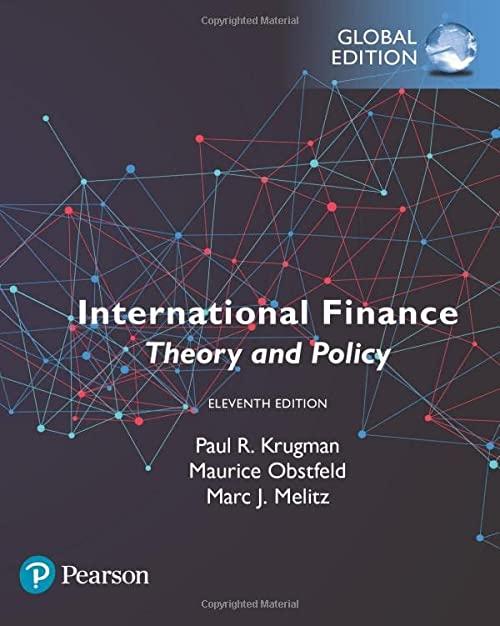Answered step by step
Verified Expert Solution
Question
1 Approved Answer
Your 2 5 - year - old client wants to retire when he is 6 0 years old, and have a retirement income equivalent to
Your yearold client wants to retire when he is years old, and have a retirement income equivalent to $ per month in todays dollars. We cannot be sure of how long we live after retirement, but the client wants to be extra careful and save for years of after retirement life. Market expectation for average annual inflation for the foreseeable future is Because of inflation, he will need substantially higher retirement monthly income to maintain the same purchasing power. He plans to purchase a lifetime annuity from an insurance company one month before he retires, where the retirement annuity will begin in exactly years months The insurance company will add a premium to the pure premium cost of the purchase price of the annuity. The pure premium is actuarial cost of his anticipated lifetime annuity. He has just learned the concept of time value of money and never saved anything earlier. He will make the first payment in a month from now and the last payment one month before he retires a total of monthly payments
Given a rate of return of for the foreseeable future, how much does he need to save each month until the month before he retires?
What if he just received a gift of $ from his grandfather and investment that in the same investment account? How much does he need to save each month?
Continuing with above, suppose his parents has set up trust that will contribute every month in an investment account while he is working same number of investment as him However, that trust will grow with the interest rate of only because is it a relatively safer investment. How much does he need to save each month?
Are there any nonquantifiable factors that you should be aware of list
Instructions:
I need Excel solutions please!!
Hints:
Inflation is annual and happens once a year, so use annual frequency for inflation related adjustments.
Rest of the calculations are with monthly compounding.
EAR is not needed here.
Step by Step Solution
There are 3 Steps involved in it
Step: 1

Get Instant Access to Expert-Tailored Solutions
See step-by-step solutions with expert insights and AI powered tools for academic success
Step: 2

Step: 3

Ace Your Homework with AI
Get the answers you need in no time with our AI-driven, step-by-step assistance
Get Started


